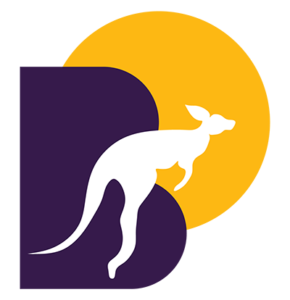Ad-ventures Down Under – All That Glitters Is Sold!
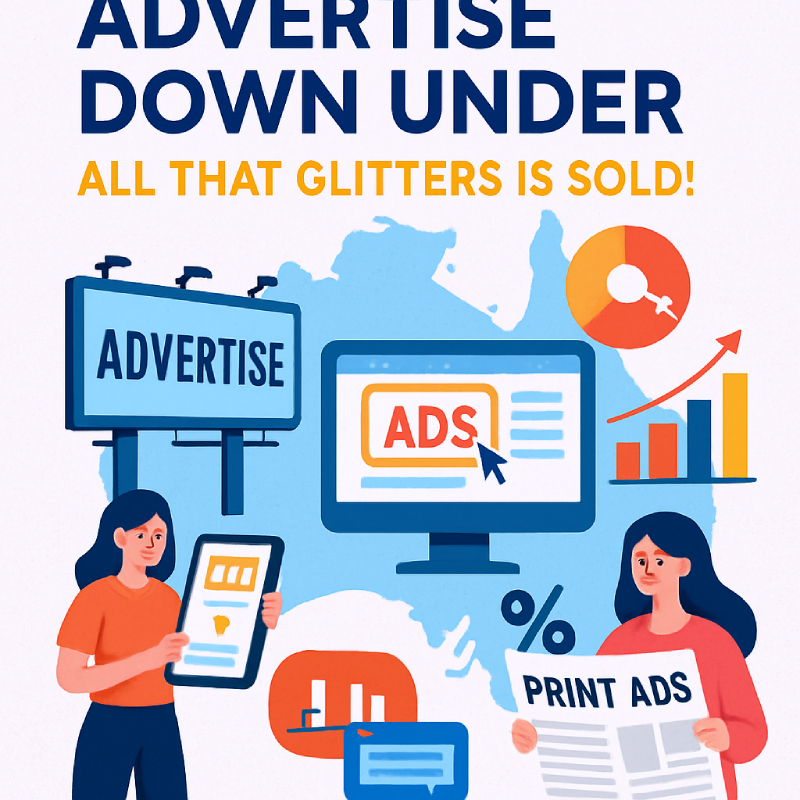
Author – Devavratha Shetty N
The little love letters we write to strangers- for money!
Advertisement!
A quirky one-liner to capture the attention of the audience, with intentional lowercasing to showcase honesty yet keeping it in a way where it’s easily ignorable is exactly what an advertisement is!
ELI5 version, an ad convinces people that they need something that they never knew existed in the first place. It is harder done than said.
ELIPhd version, when psychology meets creativity, wrapped in pixels or paper and backed by algorithms and airtime, the perfect advertisement is born!
This ADictionary will give you a crash course about ads – no fluff, all Aussie! The Step-by-step guide:
Before you roll out your ad, a few effective steps:
Mystery Customer

Who is willing to spend their time and money on your products or services?
How do you know the chosen one?
First and foremost, the DEMOGRAPHIC factor. The product or service you’re catering to should be categorised based on:
- Gender
- Age
- Pay Scale
- Academic tier
- Zip code
The Sniper Approach:Once you’ve identified your target audience, like a sniper, you can now pinpoint your mystery customer and plan the advertisement accordingly.
The Shotgun Method: This most likely a failed approach, markets for everyone! With no clear target audience as such, this approach will only create chaos in terms of perspectives and confusion among the audience.
Now that your audience is identified, the Planning Phase for the advertisement begins.
Communication is the key! Creativity is the masterkey!
Base your advertisement on W.I.I.F.M-What’s In It For Me!
Your products/service should adhere to a particular cause –
- Does it solve an existing problem?
- Does it make the user happy?
- Does it enhance the look of the user?
- Does it ease an everyday task?
Now that the idea behind the advertisement is sorted, what kind of advertising should you choose?
There are 15 types of advertising, but let’s dig into the most successful and popular ones in Australia!
Advertising can be broadly classified into Traditional and Digital Advertising.
In spite of the invasion of digital advertising, traditional advertising has stood strong and has been successful for decades in Australia.
Under this old school Traditional Advertising, Print Advertising(Newspaper, magazines, brochures, flyers), Broadcast Advertising (TV and Radio), Out-of-home Advertising (OOH), Direct-mail Advertising are the key formats!
And under Digital Advertising, the ways to grab attention are search engine ads, social media ads, and DOOH (Digital Out-of-home) advertising.
Now that you have the tools at your disposal, which ones are the most popular and, most importantly, successful formats in Australia?
Although numbers do indicate that Digital Advertising is the way ahead, a perfect combination of strategy and creativity can shift these numbers any time!
When it comes to Expenditure, as of the financial year ending June 30, 2024, the Australian internet advertising market grew by 9.7% year-on-year, reaching $15.6 billion.
Video Advertising grew by 18.6%, totaling $4.1billion.
And to be even more precise, if you were an upcoming brand in Australia, and you were to choose social media advertisement, what are the checklists you need to know before you get to spending a fortune on advertisements?
- User Base? As of January 2024, approximately 20.8 million Australians are active social media users, representing about 78.3% of the total population.
So now, you know that through social media, you get the attention of way more than 50% of the country’s population.
- Popularity of Platform? Facebook remains the leading platform, with 78.2% of internet users aged 16 to 64 engaging monthly.
Instagram follows, capturing 62.4% of the demographic.
TikTok has seen significant growth, with an ad reach approaching 10 million users, marking a 17% increase.
Depending upon your product/service, now that you have clearly identified your audience, you can choose any or all three platforms for claiming a spot for your brand presence.
Now, if you were to choose DOOH as your way of advertising, the checklists:
- Market Growth? In 2024, the DOOH market generated approximately US$ 677.6 million in revenue.
- The Future? Forecasts suggest that the revenue generation will escalate to US$ 1.2736 billion by 2030, reflecting a compound annual growth rate (CAGR) of 10.6% from 2025 to 2030.
With these numbers, you now know how much companies are pumping in on DOOH. You’re not the first and definitely not the last!
- Prediction? Projections for 2025, the estimated ad spending in the DOOH sector to reach US$521.03 million, with an expected annual growth rate of 6.14% leading to a market volume of US$660 million by 2029. These stats clearly indicate that DOOH, if not ‘a thing’ already, is definitely the ‘next big thing!’
Before heading to the step to be Known, if DOOH is the ‘next big thing,’ what are the need-to-knows?
OOH and DOOH – Apart from an additional letter, is there any major difference? Yes! Magnanimously!
OOH
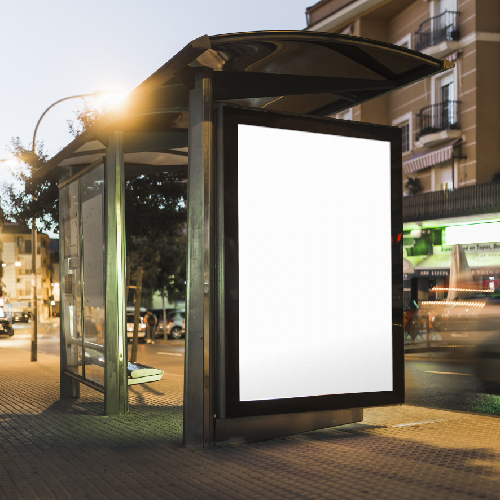
What Is It? Out-of-Home Advertising is static, for example posters, billboards, and signage.
Cost? The upfront cost is lower and the rental is long-term.
Flexibility? OOH offers only one design for the entire campaign duration.
Interactivity? None. Therefore, the space for creativity is very low.
Targeting? Mass exposure. This does sound like an advantage, although, this is more of a shotgun approach.
Benefits? It results in high awareness and brand building.
DOOH
What Is It? Digital Out-of-home advertising is more of digital screens, for example LED, LCD, dynamic content.
Cost? The upfront cost is higher and it is calculated based on per slot.
Flexibility? The user can run multiple creatives and rotate content. This assists in changing the content based on time, weather and audience.
Interactivity? With touchscreens and QR codes, the space for interactivity is high.
Targeting? DOOH offers contextual and time-based targeting.
Benefits? It results in high impact, potential for engagement, and offers maximum room for creativity.
Now that you know What is What of OOH and it’s smarter twin DOOH, let’s dig in to practical application.
DOOH In Action!
Although OOH does gain much traction, DOOH is doing it bigger and better. In terms of numbers, certain Australian campaigns have shown 30% increase in brand awareness and 15% increase in purchase intent because of DOOH. An even real-time update? Gustavo Gusto, a frozen pizza brand achieved 62% increase in sales because of running a campaign on FRAMEN screens.
Various studies and surveys have reported a drastic increase in brand awareness with DOOH ads, with one such study reporting 79% of consumers admitting to noticing and remembering place-based DOOH ads.
What is Place-based DOOH?
Place-based DOOH is advertising a particular brand in contextually relevant environments. For example, if a protein bar or powder is to be advertised, the most prominent spot would be at a place that is very close to a gym.
Benefits? The relevancy and a higher potential of purchase. A gym-goer would definitely give it a shot when eating healthier is his/her priority!
Why? It is less intrusive. DOOH don’t invade your daily activities, although they engage with the audience while they are on and about carrying out their daily routine.
Where? Place-based locations include office spaces, malls, gas stations, restaurants, transits and bars.
Now, if DOOH is 5 stars and you’re someone who’s looking beyond the golden stars, something like fireworks, then pDOOH is your genie!
pDOOH
Programmatic DOOH or pDOOH is automated buying and selling of digital billboard spaces using algorithms.
Why? Instead of buying or renting out digital billboards in advance, pDOOH is buying the same but in real time! pDOOH displays ads depending on weather conditions, traffic and events. You can switch creatives without changing the whole campaign.
For example, if you’re a coffee brand, with pDOOH you can display your coffee advertisements only during cold mornings!
You can run different ads for different times and locations.
How Does That Work? Algorithms decide the time, location and moments. A demand side platform allows advertisers to choose Where and When to show their brand.
If you’re a businessperson who wants to update creatives on the fly, then pDOOH is your master key!
OOH: The Numbers
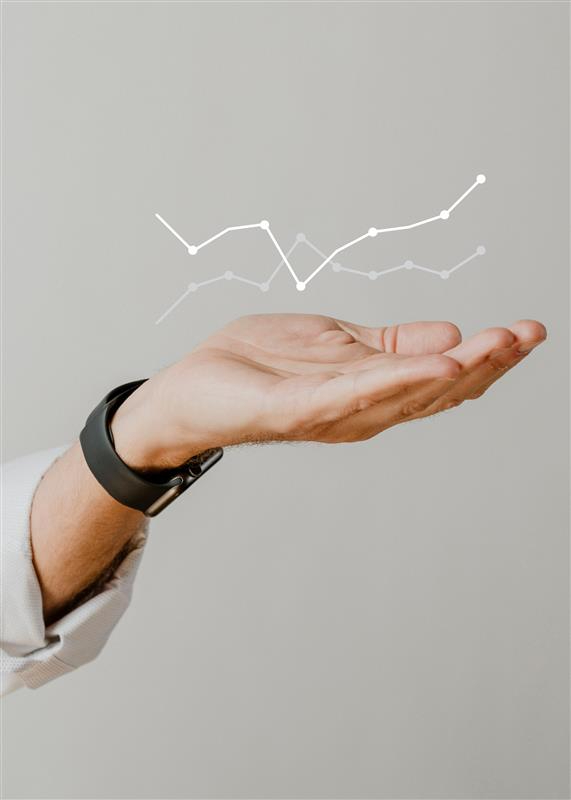
If numbers are what you’re looking for, then below are some stats pertaining to OOH advertising, as a whole, in Australia.
Recall Rate? 55%
Engagement? There are reports suggesting that 46% of audiences who see an OOH ad follow up with it for more information and 26% visit the website. 60% of Aussies notice OOH ads weekly.
ROI? A report by the Outdoor Advertising Association of America suggests OOH delivers an average ROI of $5.97 for every dollar spent.
Brand Recall? OOH media leads to a 30% higher brand recall compared to online display ads.
Conversion Rate? Campaigns integrating OOH and digital media see a 40% increase in conversion rates.
With all the information on what, where, and how to choose the type of advertisements, let’s get into the final part of what holds the attention of the audience!
AD: The Sauce
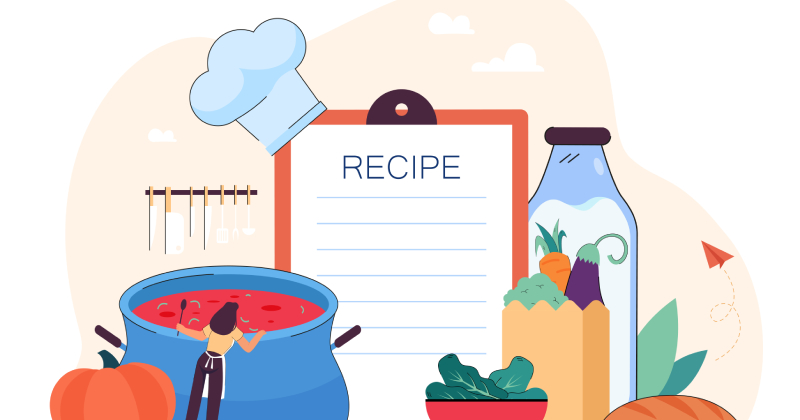
- A quirky, attention-grabbing, thought-provoking HEADLINE. A headline is what captures the attention of the audience. You need to keep the suspense on or reveal it straight but in the most creative way possible.
For example, Slip!Slop!Slap! (2006) – This public health campaign featured Sid the Seagull encouraging Australians to “Slip on a shirt, slop on sunscreen, and slap on a hat” to protect against skin cancer.
- If a cryptic headline is chosen, a Subheading that follows it is as important.
For example, my favourite, Australian Tourism rolled out an ad campaign saying “No Worries – Come live our Philausophy.” The word ‘Philausophy’ is a blend of Philosophy and Aussie.
- The Body of the ad must exhibit and showcase your brand’s USP or features or benefits. This gives an idea of why the audience should buy your products/service.
- A product Image is a very critical move. A perspective is directly proportional to how the image is depicted.
- Once the ad is completely and creatively designed, A Call To Action section is very important. It should carry either your brand’s website or a firm number for your audience to follow up with.
Now comes the last and final step.
Result: The Scoreboard

Analyse your result. Result doesn’t only mean increased sales, it also involves driving and improving site traffic. Word-of-mouth awareness is as important as sales. Once the audience has registered your brand and recoginse it, you are halfway to being a successful brand.
Carefully analyse the most beneficial form of advertising and invest in that format to solidify your position in the market. To be a successful brand, it takes time and several trial and error methods. Therefore, with active and constant analysis and market research, adapt accordingly and include the latest trends to stay updated and relevant in the industry.
With that being said, this guide will equip you with enough scoop to understand the world of advertising.

A penman aspiring to craft timeless stories! Wordy, yet monosyllabic! A scriber dangling between brevity and verbosity! A narrative writer longing to master consciousness narrative. On the contrary to my multipotentiality, the scripophily in me has echoed perpetually.
